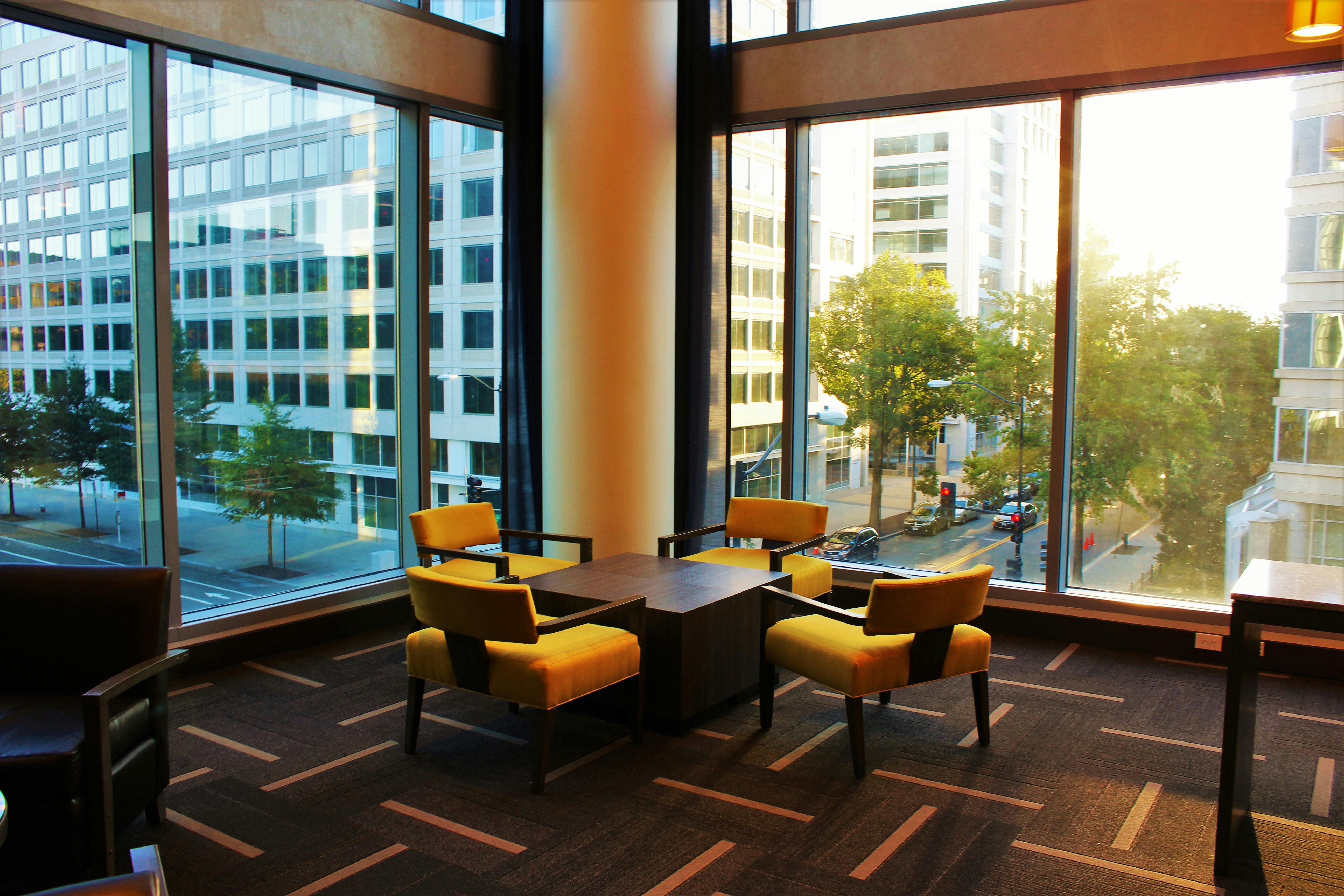Color is ubiquitous in our world, and it can have a profound impact on our mood, behavior, and productivity. We often take color for granted and don’t realize how much it can influence our lives.
In recent years, researchers have started to explore the link between color and productivity in the workplace. The results have been fascinating, showing that certain colors can help us stay focused, energized, and motivated while others can have the opposite effect.
In this article, we will explore how colors can affect productivity and offer some tips on how to use color to your advantage in the workplace.
As mentioned by Syahrul Nizam & Emma Marinie (2010), colors affect psychological aspects of the building‘s occupants. Some colors provide calmness, some provide comfort, some are stimulating and many others have an impact in different ways.
This means that color will affect the mood of the occupant of the space. While the presence of color in your environment can impact the workplace, so does the lack of color! In fact, working in offices with a neutral chromatic atmosphere, like gray, will increase the risk of burnout by 15% and decrease productivity by 12%.
The Effects of Color on Productivity
Studies have shown that different colors can affect productivity levels in various ways. For example, blue is a calming color that promotes focus, concentration, and productivity. In a study by the University of British Columbia, workers in blue environments were found to be more productive than those in white environments.
Green is another color that can positively impact productivity. In a study by the University of Essex, researchers found that adding plants to the office increased productivity by 15%. Green is also associated with nature and balance, which can create a sense of calm and reduce stress levels.
On the other hand, bright and bold colors like red and yellow can be overstimulating and cause anxiety. A study by the University of Texas found that workers in a red environment made more mistakes and were less productive than those in a blue environment. Yellow can be stimulating, but if overused, it can cause eye strain and fatigue.
The Psychological Effects of Color
Colors can also affect our emotions and overall well-being. For example-
- Red is a powerful, compelling color in spectrum. It expresses passion, love, warmth, excitement, power, energy etc. Red color attracts immediate attention and brings objects or images to foreground, because of its powerful effect on automatic nervous system. It is the strongest among warm colors therefore can change a space into looking compact and stimulating also it can also cause anxiety and stress if overused.
- Blue is the color of harmony and peace. It has been a symbol of faith, hope and loyalty since ancient times. In physiological terms, it impacts on calming the central nervous system. It reduces the pulse and blood pressure, but increases concentration and can also reduce stress levels.
- Yellow is associated with joy, optimism and warmth. It is considered the most joyful color in the visible spectrum that can boost mood and energy levels. Yellow encourages concentration and alertness. Moreover, it has a beneficial impact on the nervous system, stimulates blood pressure, the heart rate, breathing, triggers fear, can boost mood and energy levels as well.
- Orange is a stimulating color which has the energy of red and cheerful qualities of yellow. It is associated with the sun and refreshing fruits. Orange improves appetite, stimulates the heart and is good for the treatment for depression also it can create a sense of enthusiasm and excitement.
- Green is the color of nature, restful and refreshing. It has a great healing power which is one of the reasons why it is dominant color in hospitals interiors. Green light reduces pressure, expands capillaries, stimulates the endocrine glands and relieves insomnia
- Pale green is the most relaxing and calming color in the spectrum. Purple is often characterized as a mysterious color. This mixture of blue and red is believed to be the color of sensitivity and artistic nature.
- Violet light waves, impact the brain, purify and have a refreshing and disinfectant effect. It also regulates the metabolism and suppresses hunger. Indigo light waves fight against high fever and skin diseases
- Purple is a regal and sophisticated color that can promote creativity and imagination.
- Black and white, Black is the mixture of all colors totally absorbed. It symbolizes power, mystery and death. This color is unfriendly and unapproachable, therefore, it can cause abasements and mood swings and create an adverse environment. White, on the other hand, symbolizes innocence, purity and truth. It is clean, hygienic and sterile and creates soothing environment.White contains an equal balance of all the colors of the spectrum, representing
